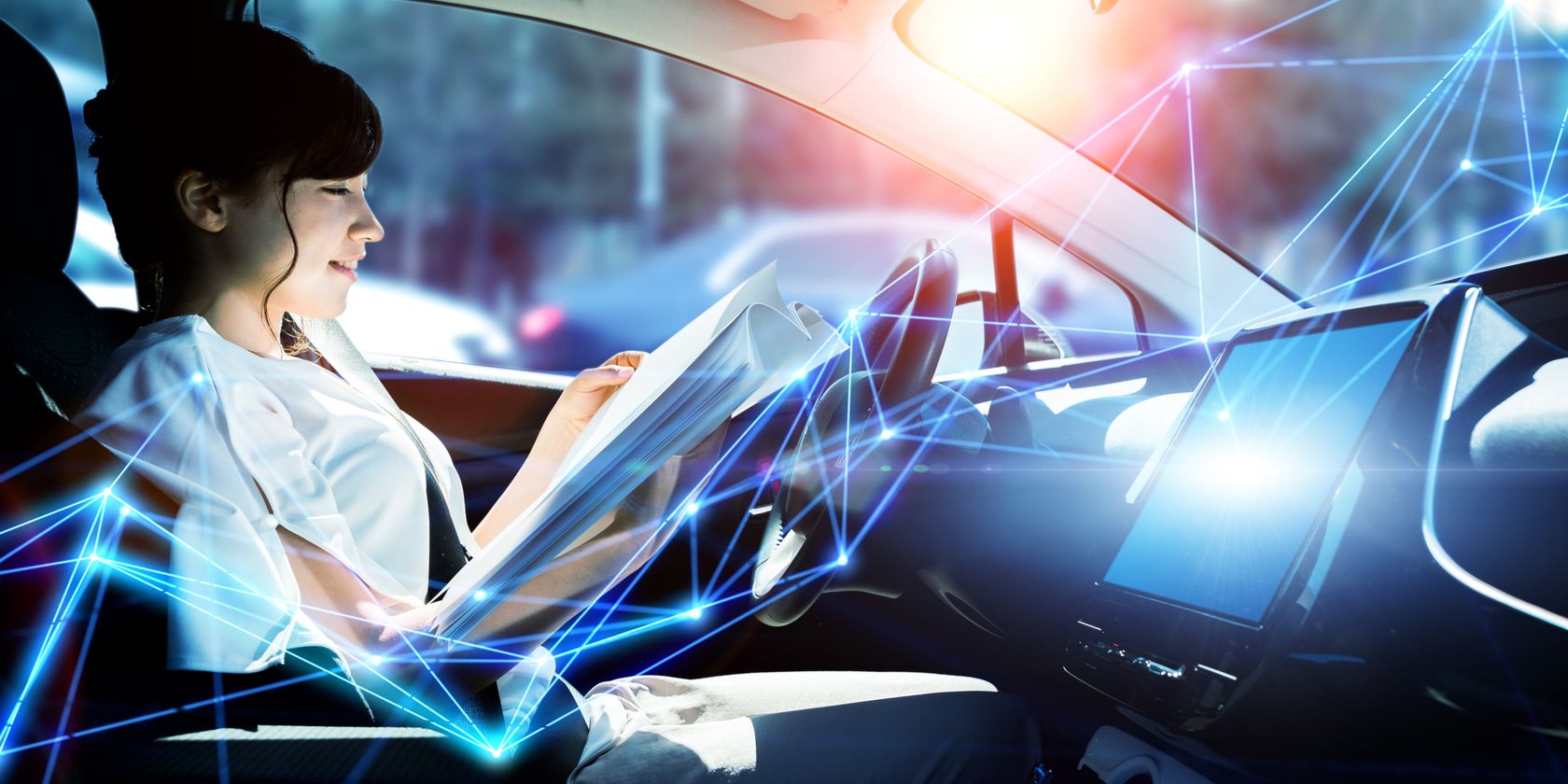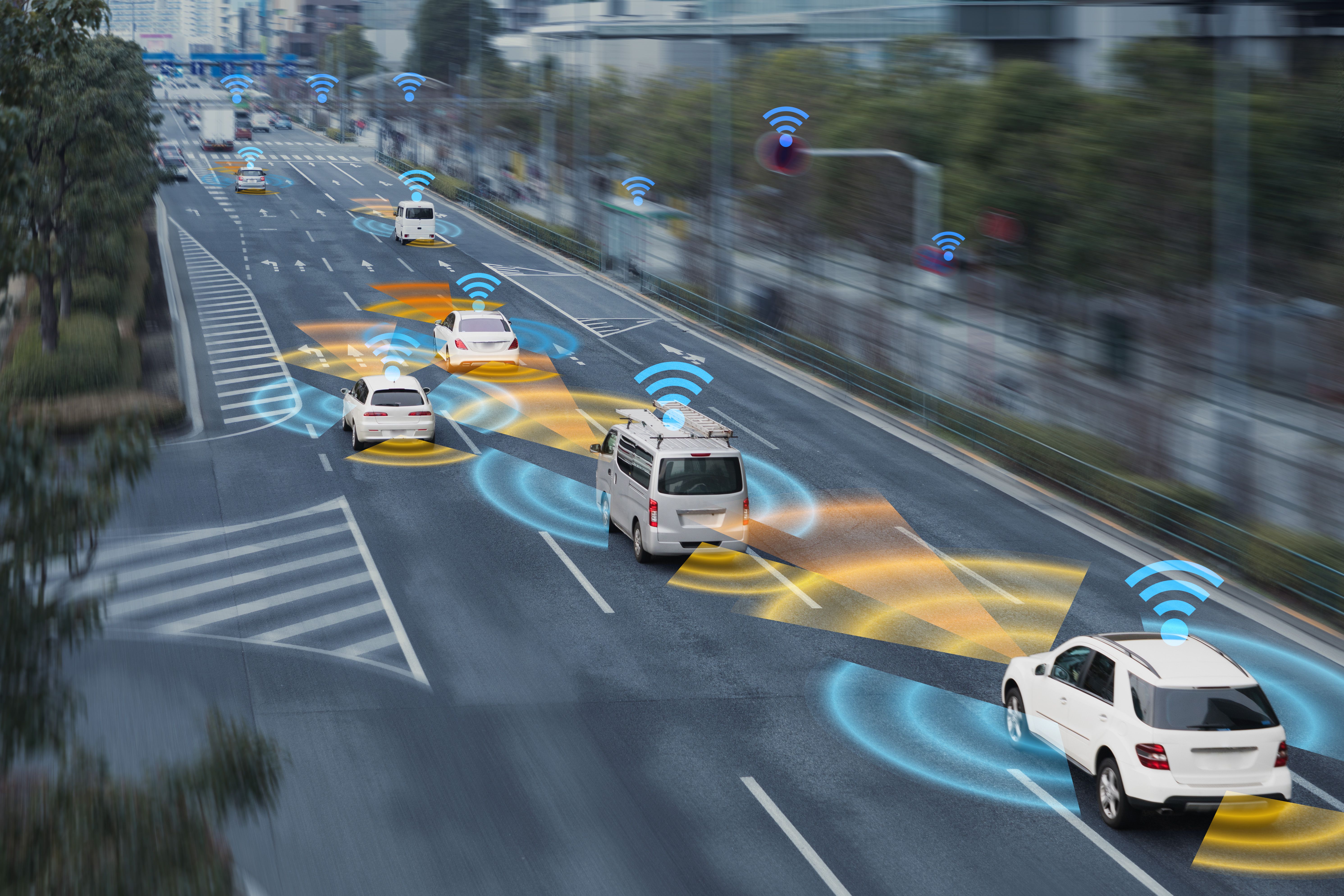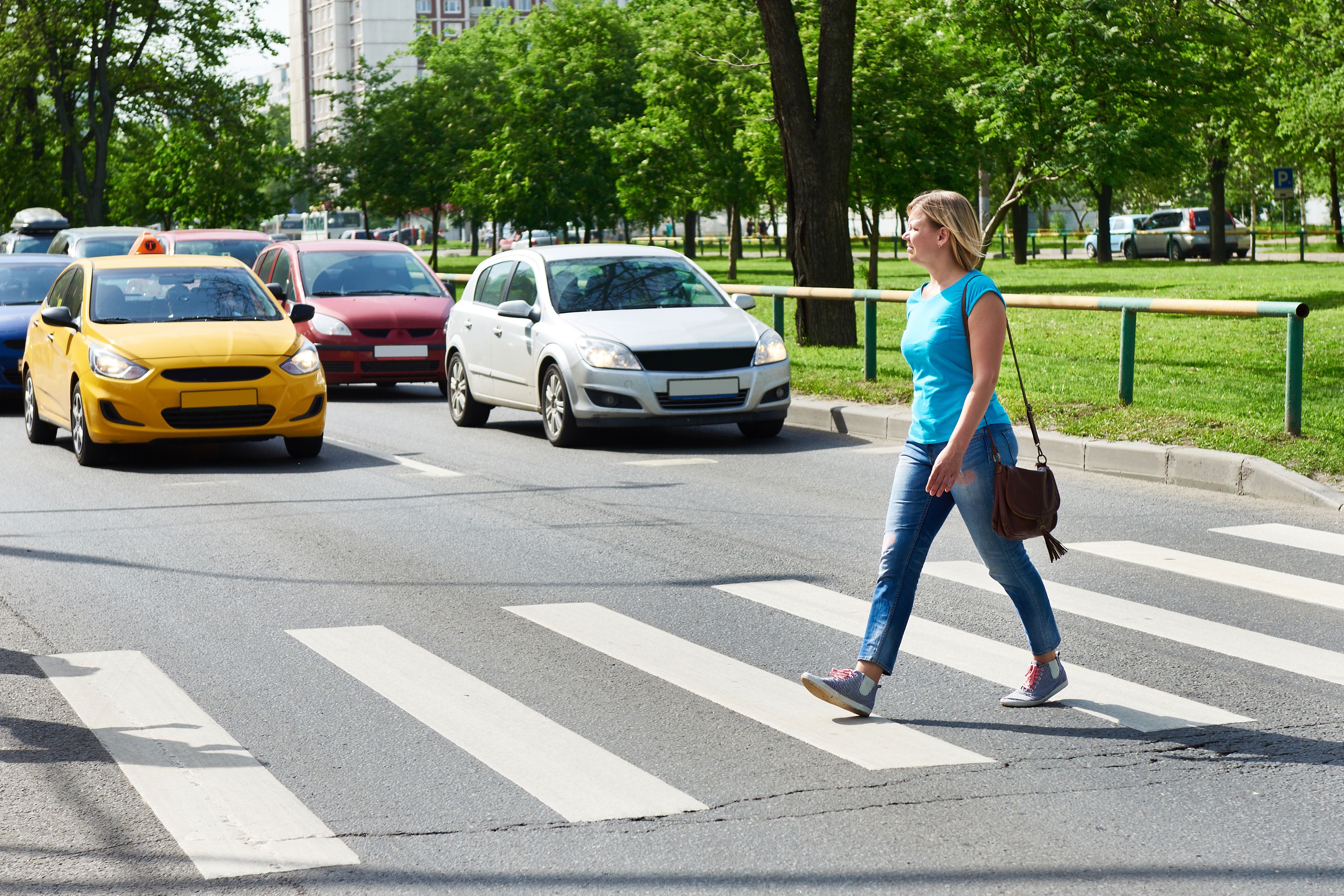As the world prepares for self-driving cars, the technology that powers them has evolved rapidly over the last 10 years. What was once thought of as science fiction is quickly becoming the norm, as engineers find ways for smart cars to be fast, efficient, and safe for their passengers.
C-V2X is but one of these technologies, but what does C-V2X mean and what does it offer the cars of the future? Let's find out.
What Does C-V2X Mean?
C-V2X stands for "Cellular-Vehicle-to-Everything" and it covers how smart cars talk with the world around them.
Getting smart cars to recognize what's around them is one of their biggest issues. Computers are really good at doing simple things very quickly, but getting them to see a real-world object and correctly identify it is a lot harder.
It's easy for humans, as drivers, to look at the road ahead and see the cars, trucks, and pedestrians ahead. However, computers find it much harder to identify and separate these images from one another. That's why you'll sometimes find captchas that ask you to select all the bicycles or buses out of a grid of images. Our brains find this task easy, while a computer struggles to identify each one.
The solution? Equip the smart cars with technology that allows them to broadcast what it is to other cars, as well as receive information as to what's around them. That way, the car uses less time trying to work out what's in front of it and more time planning how to keep everyone safe. And that's where Cellular-Vehicle-to-Everything (C-V2X) comes in.
The "cellular" part of the term covers how smart cars often use 4G or 5G to send and receive data. 5G is really fast and has low latency, making it the best technology we currently have for keeping passengers safe and making literal life-or-death decisions.
The "Vehicle-to-Everything" part covers how the car can talk with much more than just other cars. And yes, it is a little odd that "Everything" is represented by an "X," but the X is a placeholder for different kinds of letters that apply to the technology.
The Different Types of "Everything" in C-V2X
Qualcomm is a big advocate of C-V2X, and it goes into detail as to what fits inside of that "X" in the terminology.
Vehicle-to-Vehicle (V2V) Technology
First things first, we have to get the car talking to vehicles around it. This is achieved by the Vehicle-to-Vehicle (V2V) aspect of C-V2X technology.
Because cars can't reliably "see" one another as humans can, V2V communications are how each smart vehicle lets each other know where they are. In fact, the benefits of V2V technology allow the car to perform checks and measurements that a human would find very difficult (if not impossible) to achieve by themselves.
For example, your car can receive and send information in a 360-degree radius around itself. There are no blind spots for a smart car, as it does not need to rely on visual detection to keep track of what's where.
Also, the car can receive more data than just "another car is over there." The car sending over data can also add its current speed, destination, and any future plans to change lanes. This means your car can make intelligent decisions on the fly, and inform all the cars around you of what it intends to do.
On top of that, a smart car can send this information 10 times a second. So, to recap: your smart car will know the position, make, speed, and destination of every other car at a 360-degree angle and updates this info every 1/10th of a second. This means your car knows everything going on in ways you wouldn't be able to measure yourself.
Vehicle-to-Infrastructure (V2I) Technology
But who says that we can only use this technology between cars? We can also add that same technology to road-based infrastructure to make life a lot easier.
For instance, engineers could work hard on making smart cars detect the status of a traffic light... or they could have the light tell the smart cars its status instead. It can inform cars its position, its current state, and when it's turning red or green to help your car make the best decision.
You can also have smart cars get live updates from parking lots. You'd never have to drive around looking for a spot again; just let the parking lot tell your car where the next available spot is and have your car park itself.
Vehicle-to-Pedestrian (V2P) Technology
Of course, cars shouldn't just look out for other cars and traffic lights. Pedestrians need to cross the road, and if a smart car can't detect that, it can cause some serious injury.
Unfortunately, V2P communication isn't as easy as strapping a chip on people. In this case, cars do need to detect people like a human would, through sight. This makes it a really tricky part of developing a C-V2X car.
The developers need to get the human detection just right. If it's too lenient, it will fail to detect a person crossing the street and crash into them. If it's too strict, it may stop for the smallest of objects crossing the road, which will annoy the passengers.
However, when it's done right, you'll get a car that can detect someone crossing the road long before your reactions kick in. And with really advanced technology, the car can monitor the pedestrians on the sidewalk and predict which ones are about to cross the road.
Vehicle-to-Cloud (V2C) Technology
Finally, we have Vehicle-to-Cloud (V2C) technology. This one connects your car to a cloud-based service, much like how you connect to cloud services on your phone. The cloud service will help keep the car updated and provide it with apps to help improve the driving experience.
C-V2X: A Solution for Everything
C-V2X sounds complicated, but it's an essential part of making smart cars work. The technology allows these cars to interact with the world around it, from cars on the road to traffic lights. And with more and more companies entering the smart car race, it may not be too long until you can get a car with this tech.



